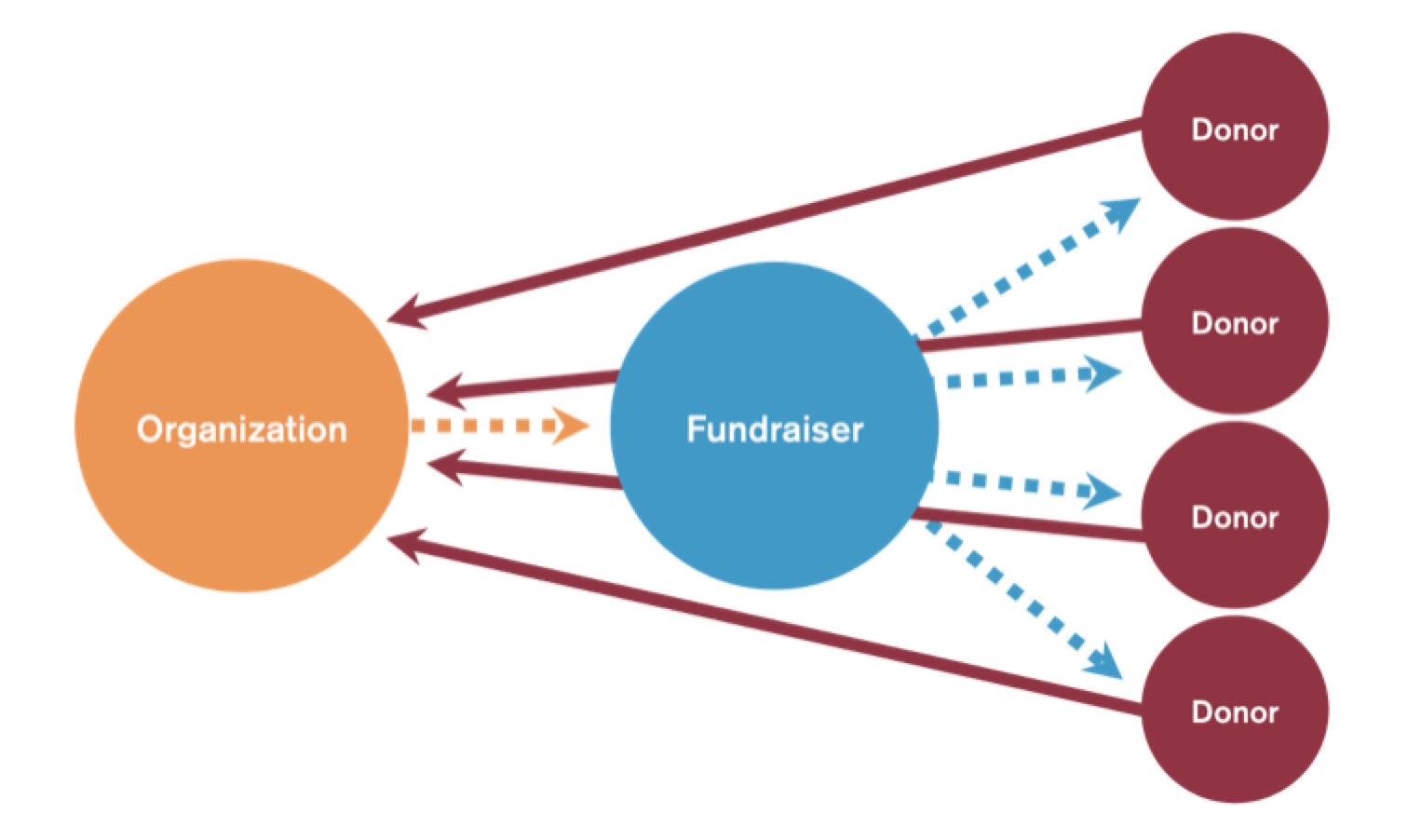The Plenty team spent a lot of time traveling by planes, trains and automobiles last month. We were on the road to help our clients train their staff in the art of peer-to-peer fundraising. We came home inspired by the people we met and the discussions we had, and more certain than ever - it’s going to be a great year for peer-to-peer.
Now that we’re home, we wanted to share a few of our training topics with you, our peer-to-peer community. Peer-to-peer isn’t going away anytime soon, so if you haven’t embraced it yet, now is the time. Here are three things your staff should know in order to excel at peer-to-peer fundraising:
To support you in your training efforts, we’ve defined peer-to-peer fundraising and provided models for you to share with your staff. We’ve created an e-book that describes the basic building blocks of peer-to-peer. We’ve also explained why we continue to pour the peer-to-peer Kool-Aid and why P2P is a fundraising game-changer. If you need additional help, send us a note. Understanding how P2P works is the foundation of P2P success, and we want your staff to succeed.
2. How To Prioritize Their Time
We know that in some cases your P2P fundraising staff may also be your event production staff, your administrative staff, your every-job-is-our-job staff. When someone is being pulled in many different directions, it’s easy to focus on tasks that can be done quickly and checked off a list. However, letting a sense of accomplishment guide our days can lead to focusing on activities of lesser value that can easily be completed, in lieu of higher-value activities that generate revenue but may not provide that immediate sense of accomplishment.
Talk to your staff about what’s on their plates and help them prioritize. Identify easy-to-accomplish activities that can be delegated to volunteers and encourage them to focus their efforts instead on revenue-generating activities like creating relationships with top fundraisers and team captains. Explain that relationships are ongoing, an art, a continuous cycle. While they may not provide an immediate sense of accomplishment, they do provide incredible long-term fundraising value.
3. How To Handle Rejection
Chances are, at some point during your middle school years, you either sent or received a note that said, “Do you like me? Check yes, no, or maybe”. I believe that most peoples’ fear of fundraising can actually be traced back to that note, or at least to middle school. Rejection hurts and any time we put ourselves out there and ask someone for something we open ourselves up to the possibility of rejection.
Fundraisers who work in major gifts and other traditional fundraising channels have a handle on rejection. Maybe it took some therapy to get there, but they’ve accepted rejection as part of the job. Peer-to-peer fundraising is different because it’s not enough for your staff to be comfortable with rejection; your constituents need to be comfortable with it, too. After all, they’re the ones doing the asking.
Talk to your staff about rejection and explain that even though your constituents may not admit it, the fear of hearing the word ‘no’ might actually be what’s holding them back from fundraising stardom. It’s much easier to say, “I don’t have time to fundraise” or “I don’t know how to fundraise”, than to say, “I’m scared of rejection and if I ask someone to donate they might say no, and that’s why I haven’t started fundraising.”
It’s the belief that we are changing the world and that another “yes" is out there waiting for us that helps fundraisers brush off each “no” and keep going. It’s the responsibility of your staff to help them get there.
These are just three of the topics we covered last month on our training tour. We’d love to know what you’re talking about with your staff as well. Let us know in the comments for a chance to be included in a future blog post. And if you ever need help with staff training, send us an email. We’ll pack our bags and see you on our next P2P training tour. Happy fundraising!
Interested in more resources that can help you train your staff on the best peer-to-peer fundraising practices? Download our free Seven Success Factors e-book, which highlights all seven of the components critical to achieving P2P fundraising success.
These Related Stories


No Comments Yet
Let us know what you think